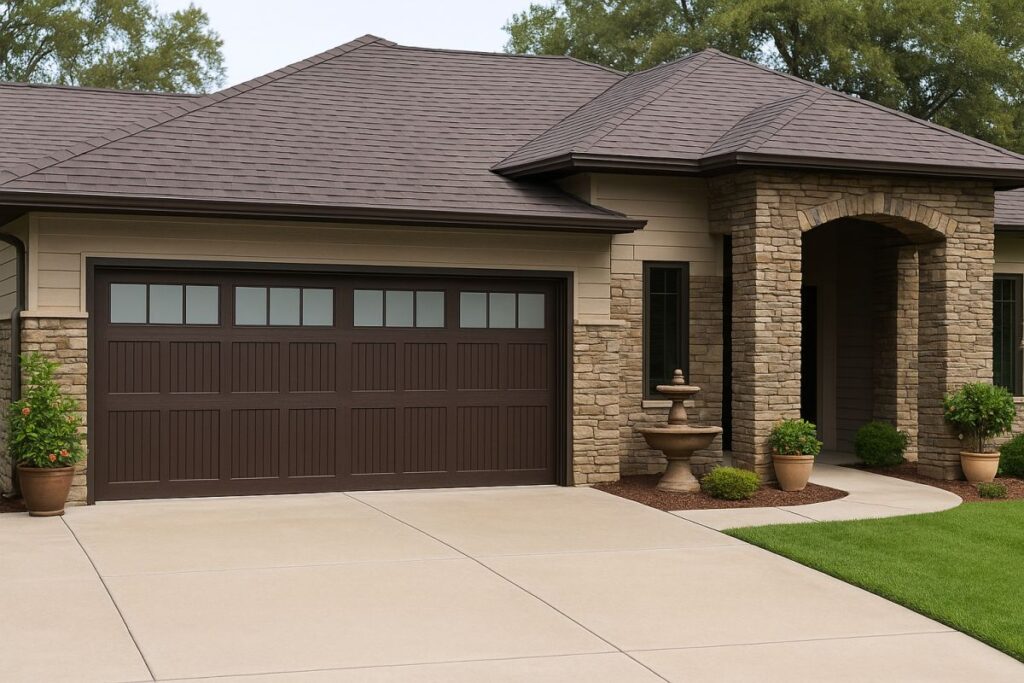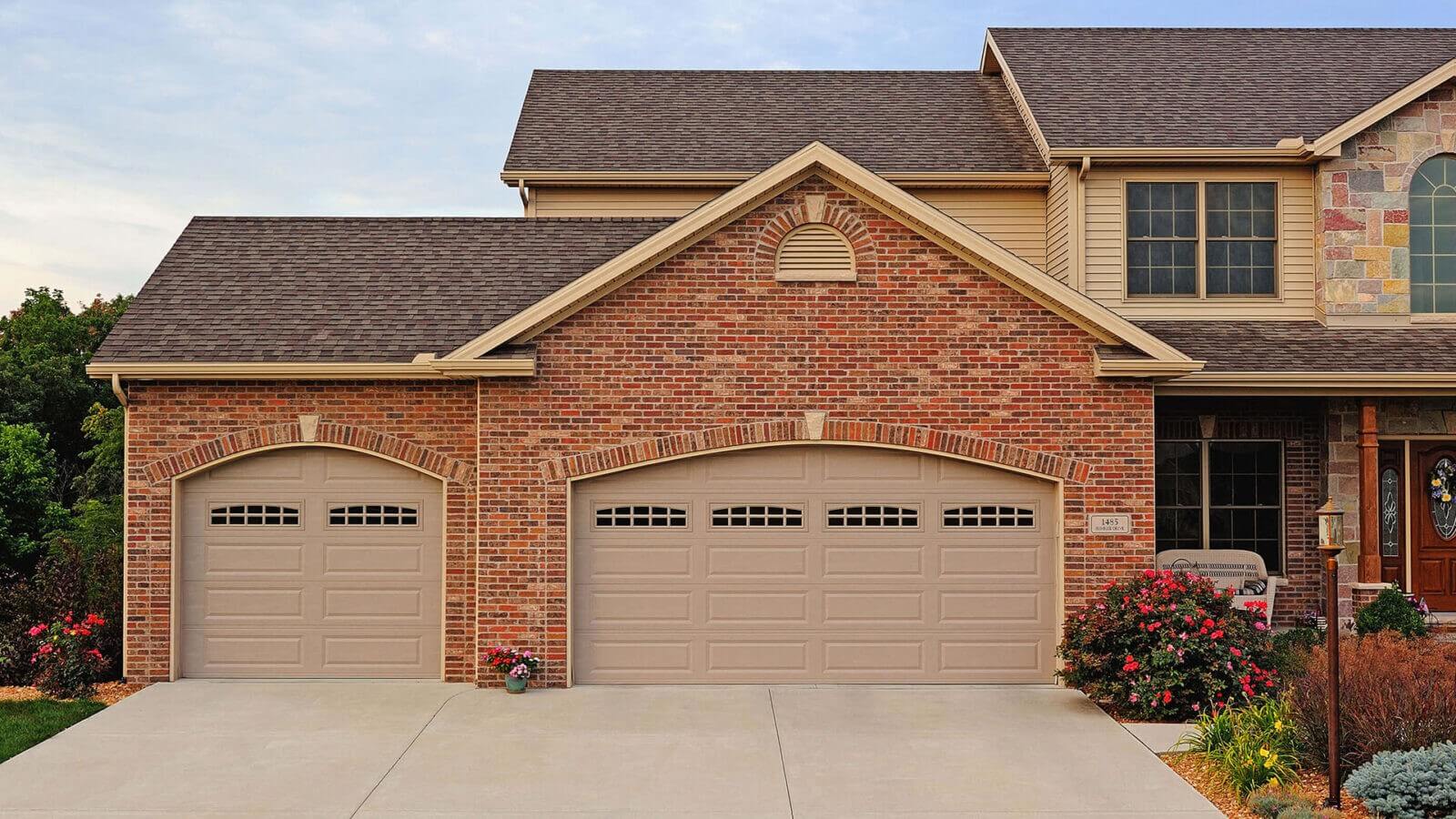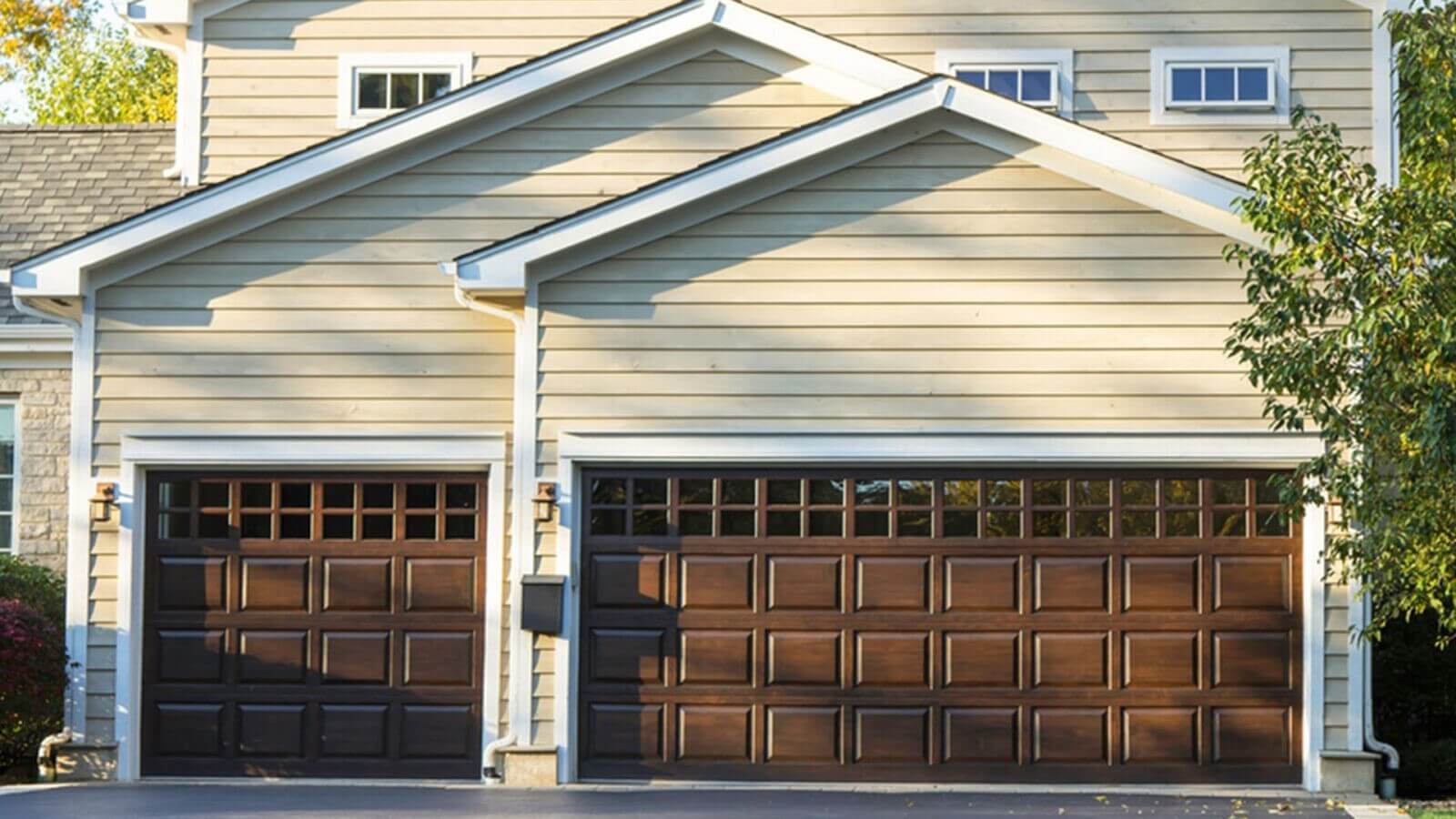What Is The Most Common Garage Door Repair?
Introduction
When it comes to home maintenance, few things are as vital yet as overlooked as the garage door. A functional garage door not only adds convenience to your daily routine but also plays a crucial role in the security of your home. So, what happens when that trusty door stops working? You might find yourself searching for answers on Pasadena garage door repair or wondering about common issues that require attention.
In this article, we will delve into the intricacies of garage doors and explore the most common repairs homeowners encounter. From understanding how your garage door operates to tips on maintaining it, we'll cover everything you need to know to keep your garage door in tip-top shape.
What Is The Most Common Garage Door Repair?
The most common garage door repair can often be attributed to malfunctioning springs. Springs are essential components that help your garage door open and close smoothly. Over time, they can wear out due to constant use, leading to significant issues.
Understanding Garage Door Springs
Garage doors typically emergency garage door repair use two types of springs: extension springs and torsion springs.
-
Extension Springs: These are located above the upper tracks on both sides of the door. They stretch and contract as the door opens and closes.
-
Torsion Springs: These are mounted above the door opening and work by twisting when the door is operated.
Both types play a critical role in counterbalancing the weight of the garage door. When they break or become damaged, it can lead to severe operational issues.
Signs Your Garage Door Springs Need Repair
Here are some telltale signs that indicate your springs may require repair:
If you notice any of these signs, it's time to call for professional help—perhaps a reliable service specializing in Pasadena garage door repair.

Common Garage Door Issues Beyond Springs
While broken springs are among the most frequent problems, they're not alone on this list! Let’s explore other common issues that may require repairs.
1. Misaligned Tracks
Symptoms of Misalignment
Misaligned tracks can prevent smooth operation and lead to further complications if not addressed quickly.
- Difficulty opening/closing
- Visible gaps between rollers and tracks
- Strange noises during operation
Causes of Track Misalignment
Several factors can lead to misalignment:
- Accidental bumps from vehicles
- Wear and tear over time
- Improper installation
Solutions for Track Issues
To fix misaligned tracks:
2. Malfunctioning Remote Control
Troubleshooting Remote Issues
A non-functioning remote control can be incredibly frustrating!
When to Replace Your Remote
If troubleshooting doesn’t work, consider replacing it with a new one—sometimes technology just gives up!

3. Broken Cables
Recognizing Cable Problems
Cables hold immense importance as they assist in lifting the garage door along with the springs.
- Look out for frayed cables or noticeable damage.
- A sudden drop in your garage door when operating could indicate cable failure.
Repairing Broken Cables
Repairing cables requires professional assistance due to their tension levels—never attempt DIY repairs here!
4. Worn Rollers
Signs You May Need New Rollers
Rollers wear out over time due to friction against tracks:

- Check for cracks or fractures.
- Listen for grinding noises during operation.
Replacing Rollers
Replacing rollers involves removing old ones and installing new ones—this should ideally be handled by professionals in Pasadena garage door repair services.
5. Sensor Malfunctions
Understanding Safety Sensors
Modern garage doors come equipped with safety sensors designed to detect obstructions while closing.
- If these sensors fail, they may cause doors not to close properly.
Solution Steps
Preventative Maintenance Tips
Preventing issues before they arise is always better than waiting until something breaks down! Here are some preventative measures you can take:
Regular Inspections
Schedule regular inspections every six months with a professional who specializes in Pasadena garage door repair services—this way you catch potential problems early!
Lubrication is Key!
Keeping moving parts well-lubricated reduces friction and prolongs life expectancy:
Weather Stripping Replacement
Inspect weather stripping annually; replace it if it shows signs of wear—it keeps drafts out while also preventing moisture buildup inside your garage!
When Should You Call For Professional Help?
Knowing when it's time to call in an expert can save you headaches down the line! Here’s a quick guide:
FAQs About Garage Door Repairs
1) What is involved in a typical garage door repair?
A typical repair may involve inspecting various components like springs, cables, rollers, tracks & sensors; replacing damaged parts; lubricating moving elements; & ensuring proper alignment—all aimed at restoring functionality effectively!
2) How long do garage doors usually last?
On average, most residential garage doors last about 15–30 years depending on usage frequency & maintenance practices performed throughout their lifecycle!
3) Can I fix my own broken spring?
It’s highly discouraged! Broken springs contain significant tension which poses serious injury risks if mishandled—always consult professionals experienced with Pasadena garage door repair instead!
4) How often should I perform maintenance checks?
Ideally every six months—to identify minor issues before they escalate into major headaches later down the road!
5) Are there energy-efficient options available?
Yes! Modern insulated models offer improved thermal efficiency reducing energy costs while keeping garages comfortable year-round—they're worth exploring during replacement timeframes!
6) What type of lubricant should I use?
Silicone-based lubricants are recommended as they provide optimal results without attracting dirt unlike traditional oils like WD40 which might create messes over time upon application!
Conclusion
Understanding what constitutes “the most common garage door repair” empowers homeowners like yourself with knowledge needed for effective upkeep! Whether dealing with broken springs or misaligned tracks—the key takeaway remains clear: regular maintenance goes hand-in-hand with timely repairs ensuring seamless operations day-in-day-out!
So next time you find yourself facing an issue regarding your overhead entranceway remember these insights shared today—from DIY troubleshooting methods right through knowing when it's best left up-to-the-experts—those precious moments saved will allow more focus elsewhere around casa sweet casa! Happy repairing!